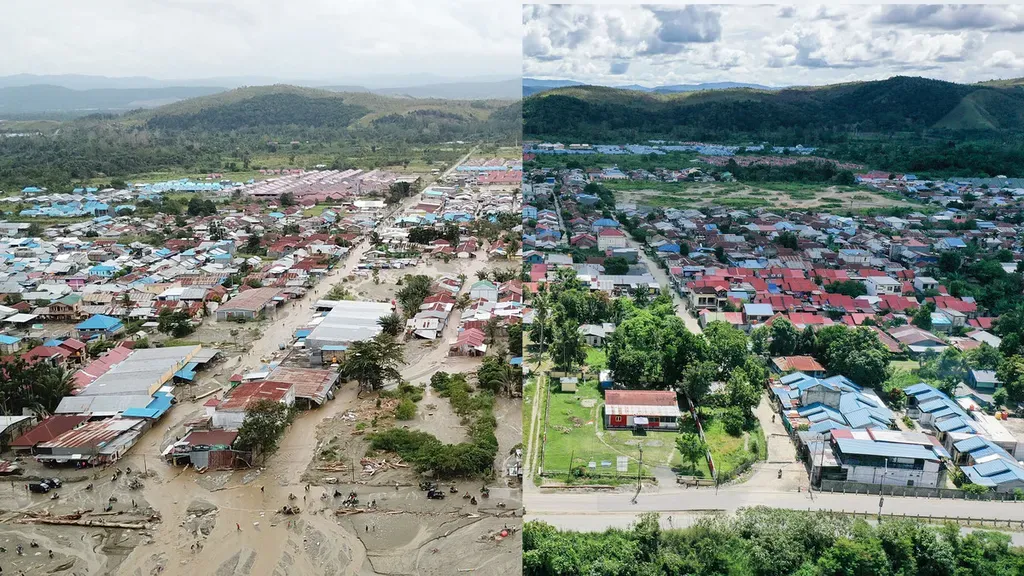In the bustling heart of Jayapura, a critical issue has been brewing beneath the wheels of everyday life. Koti Road, a vital artery in the transportation network of Papua’s provincial capital, is bearing more than it was designed to handle. A recent study, led by M. Sa’dillah from Universitas Tribhuwana Tunggadewi in Malang, Indonesia, has shed light on the alarming reality of overload on this crucial thoroughfare, with implications that ripple far beyond the immediate region.
Sa’dillah’s research, published in the *Journal of Civil Engineering Innovation* (translated from Indonesian), reveals that the road is subjected to excessive loading, far beyond the maximum permissible limits. “The actual overload on Koti Road is significant,” Sa’dillah explains. “We found that 81.06% of vehicles in group 6a, 43.13% in group 6b, and 40.42% in group 7a are exceeding the weight limits.” This overload is not just a minor inconvenience; it’s a ticking time bomb for the road’s structural integrity.
The consequences of this overload are stark. Using two different methods—Bina Marga (1987) and NAASRA (2004)—the study found that the cumulative Vehicle Damage Factor (VDF) value increased by 133.8% and 121.2%, respectively. This means the road is experiencing far more wear and tear than it was designed to withstand. The most striking finding, however, is the dramatic reduction in the road’s design life. According to the Bina Marga method, the design life plummeted from 20 years to just 0.4267 years—a decrease of 46,365%. The NAASRA method showed a slightly less drastic but still alarming reduction of 43.949%.
For the energy sector, which relies heavily on efficient transportation networks for the movement of goods and personnel, these findings are a wake-up call. Overloaded roads lead to increased maintenance costs, delays, and potential safety hazards. “This research highlights the urgent need for better load management and enforcement of weight limits,” Sa’dillah emphasizes. “It’s not just about the road; it’s about the entire transportation ecosystem and the economic impacts that follow.”
The study’s implications extend beyond Jayapura. As urbanization and commercial activities continue to grow, roads across the region—and indeed, the world—are facing similar challenges. Sa’dillah’s work underscores the importance of proactive measures, such as regular monitoring, stricter enforcement of weight limits, and possibly redesigning roads to better handle the actual loads they experience.
In the broader context, this research could shape future developments in civil engineering and urban planning. It calls for a more dynamic approach to road design and maintenance, one that takes into account real-world usage patterns rather than theoretical models. As Sa’dillah puts it, “We need to move beyond the static designs of the past and embrace a more adaptive, data-driven approach.”
For the energy sector, the message is clear: the health of our transportation infrastructure is a critical factor in the smooth operation of supply chains and the overall economy. By heeding the findings of this study, stakeholders can take proactive steps to ensure that roads like Koti Road in Jayapura—and the vital services they support—remain resilient and reliable for years to come.

